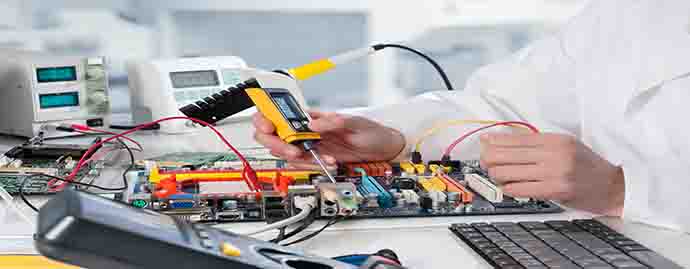| Start Date | End Date | Country | City |
|---|

 +966 920007771
+966 920007771

Objectives
Outlines
Introduction: Motor-Drives System Design
- Pros and cons of adjusting motor speed
- Determine operating costs
- Technological capabilities
- Operational reliability
- Application characteristics
Power Transmission, Relationship and Formulas
- Affinity laws
- Torque and horsepower/power factor
- Electrical demand
AC Induction Motors
- How a motor produces torque
- Speed, pole, frequency relationship
- Types of AC motors
- NEMA designs
- Motor enclosure types
- Frame dimensions
- NEC® and motor protection
- Efficiency ratings
Motor Preventive Maintenance
- Identify overloading
- Loose connections
- Phase/voltage unbalance
- Single phasing
- Environmental concerns
- Megger testing
- Effects of common mode voltage on bearings and fixes
- Motor nameplate information
- Drive fundamentals and electronics
- Converter, DC bus, inverter
- Pulse width modulation
- Carrier and fundamental frequencies
- Torque producing and magnetizing current
- External operator control wiring
- Analog control
Effect of Operating on Adjustable Frequency
- Volts-to-hertz ratio
- Constant voltage mode
- Sensor less vector
- Flux vector: open and closed loop
Troubleshooting Drives
- Understanding fault codes
- Clearing faults
- Symptoms and corrective action
Drive Maintenance
- Dry, clean, cool and tight
- Isolation transformer/reactors
- Operator interfaces
- Proper selection and application for drives
- Load matching
- Bypass considerations
- Facility operating problems
- Variable torque operations
- Fans and pumps
- Payback/return on investment calculations
Hands-On Lab Exercises
- Using a scope meter
- Identifying voltage signals
- Programming basic drive parameters
- Drive control wiring and diagnostics
- Troubleshooting using the keypad
Who Should Attend
Duration
5 Days










